Mold Remediation
Rochester, NY
REQUEST MOLD REMEDIATION SERVICES
(585) 413-1566
What is
Mold Remediation?
Mold remediation is the process of identifying, containing, and removing mold from indoor environments. Mold is a type of fungus that can grow and spread quickly in areas with moisture, such as basements, attics, bathrooms, and kitchens. It can cause serious health problems, including respiratory issues, allergies, and infections.
Mold remediation is a critical service for property owners who want to protect their health and property value. A professional mold remediation company can assess the extent of the mold problem, create a customized remediation plan, and use specialized equipment and techniques to safely and effectively remove the mold.

Types of mold In Homes
There are several types of mold that can be found in homes, including Aspergillus, Cladosporium, and Stachybotrys Chartarum (also known as black mold). Each type of mold can cause different health effects, so it's important to identify and address any mold issues as soon as possible.
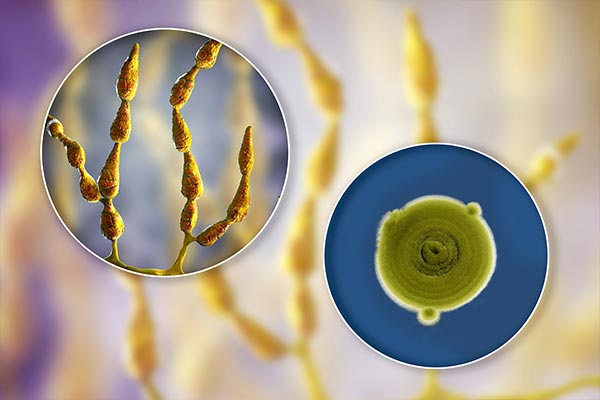
Alternaria
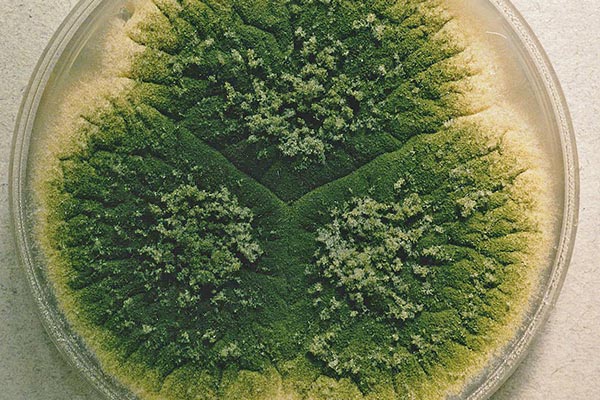
Aspergillus
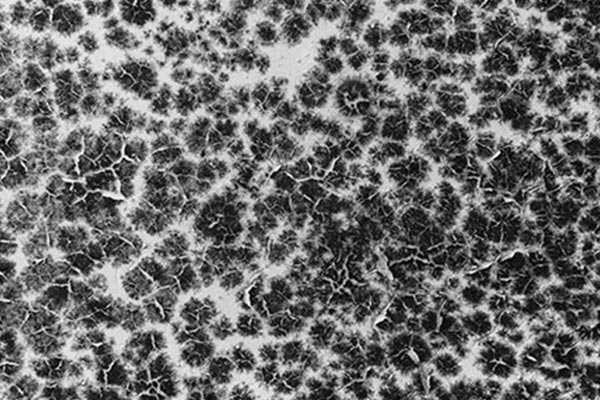
Black Mold
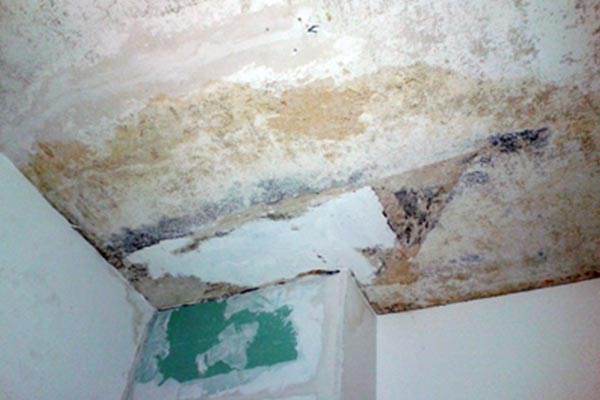
Chaetomium
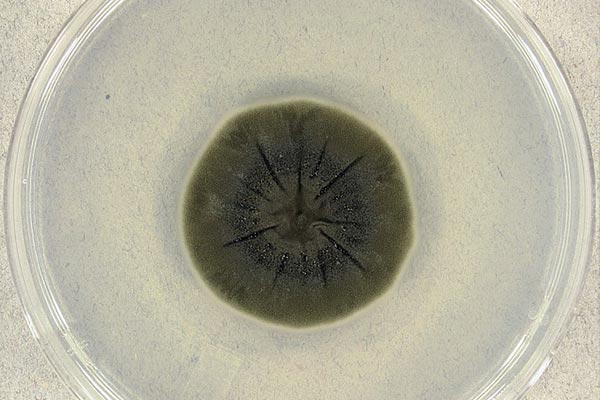
Cladosporium
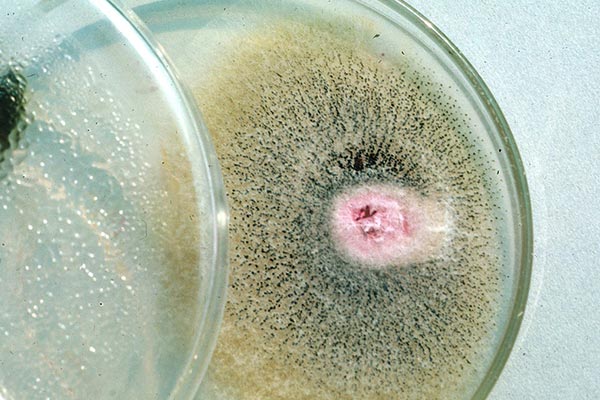
Fusarium
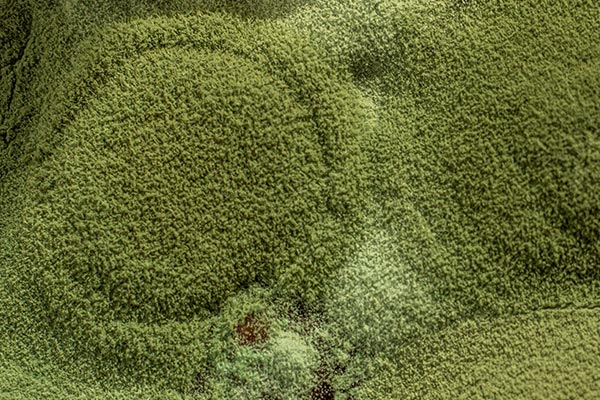
Green Mold
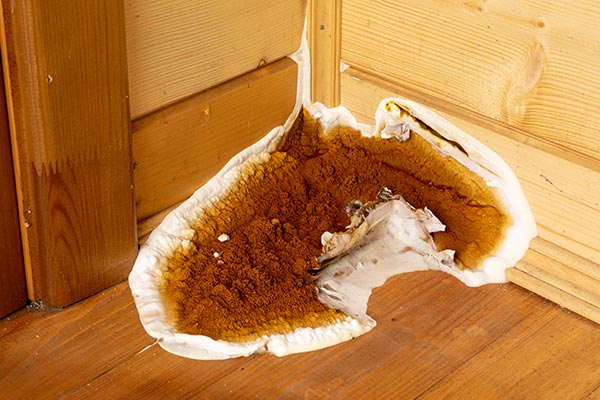
Serpula lacrymans
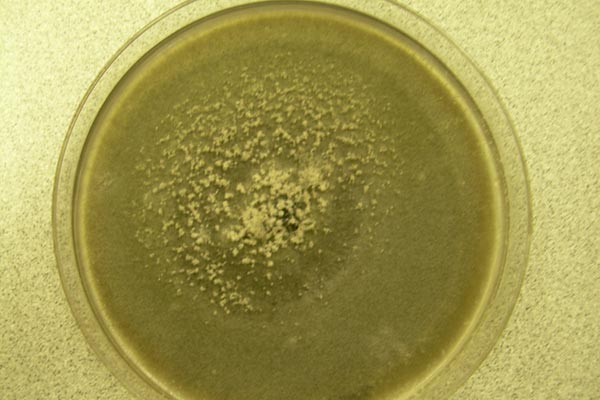
Ulocladium
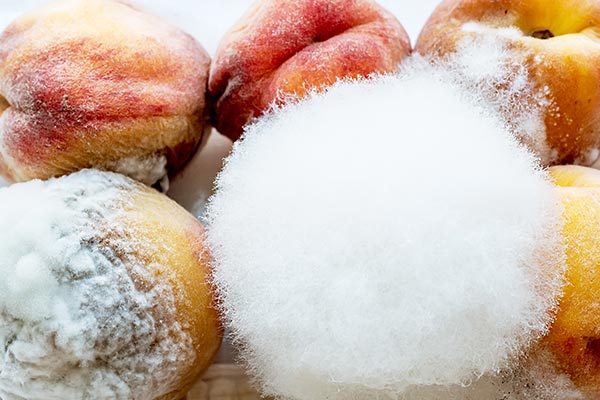
White Mold
How To Prevent Mold From Coming Back
Mold remediation is only half the battle. To ensure that mold doesn't return to your home or business, it's essential to take steps to prevent it from growing in the first place. Here are some tips to help you prevent mold from coming back:
Reduce moisture
Mold thrives in moist environments, so it's crucial to keep your home or business as dry as possible. Fix any leaks in your plumbing or roof, and make sure your home is properly ventilated. Use dehumidifiers in damp areas like basements and crawl spaces, and regularly empty and clean them to prevent mold growth.
Improve air circulation
Good air circulation can help prevent mold growth by keeping the air moving and reducing moisture buildup. Use fans or open windows to improve ventilation, especially in areas like bathrooms and kitchens where moisture is common.
Clean and disinfect regularly
Regular cleaning and disinfection can help prevent mold growth by removing spores and other contaminants. Use a solution of bleach and water to clean surfaces that are prone to mold growth, like bathrooms, kitchens, and laundry rooms.
Inspect and maintain your property
Regular inspections and maintenance can help identify and prevent mold growth. Check your property for any signs of water damage or leaks, and promptly address any issues you find. Keep your gutters clean and ensure that your landscaping slopes away from your foundation to prevent water from seeping in.
By taking these steps, you can help prevent mold from coming back and keep your home or business safe and healthy.

HOW DOES MOLD
AFFECT YOUR HEALTH?
Mold can cause severe repercussions to your home or business and those exposed to it, such as you, your family, and your employees. It's not always easy to spot, but it can be especially damaging to kids and those whose immune systems are weakened by age or illness, for example, people with allergies or asthma and even pets.
The CDC states that the effects of mold exposure can vary from person to person, depending on their sensitivities, allergies, type of mold, and amount of exposure. You can get more information here about Black Mold Symptoms.
Runny or Stuffy Nose
Scratchy Throat
Itchy Eyes
Skin Irritations
Headaches or Migraines
Lung Irritations (coughing/wheezing)
Worsened Chronic Symptoms

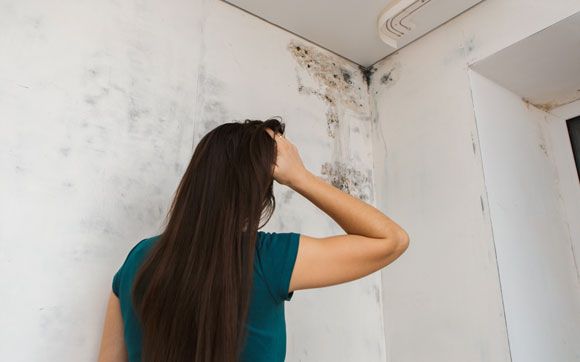
Mold Remediation
Cost
Over 100 molds can be found in homes. Some are simple to clean, but others are more difficult and dangerous. These more challenging molds may cost more to remove as they spread and are not easily managed with typical mold cleaners. To kill mold in the home, professional workers must use toxic chemicals wearing protective gear, thus leading to higher removal costs.
- National average cost - $3,500+
- Average Range - $1,500 - $9,000+
- Single Spaces - $500 - $1,500+
- A whole house - $10,000 - $30,000+
Mold remediation in Rochester, New York requires specialized skills and tools, costing more than a typical handyperson job. Companies providing this service employ skilled, licensed technicians and use high-end equipment to perform precise and appropriate removal techniques and check the area for remaining mold growth. Labor costs include time and the cost of vacuum equipment and protective gear, such as gloves and full-body suits with respirator masks.
DIY Mold Removal
Or Hire A Professional?
Mold growth can be spotted as discolorations on walls/materials, often considered harmless. Homeowners may attempt to clean the visible stain, but danger may be lurking beneath. Minor mold issues may be addressed independently, but larger infestations demand professional help.
Black mold removal on your own without the proper safety measures can cause spores to spread, contaminating other clean spots. It is best to let professionals take care of it to ensure the safety of everyone in the area. Experienced mold remediation specialists will handle the job while protecting the building and its inhabitants.
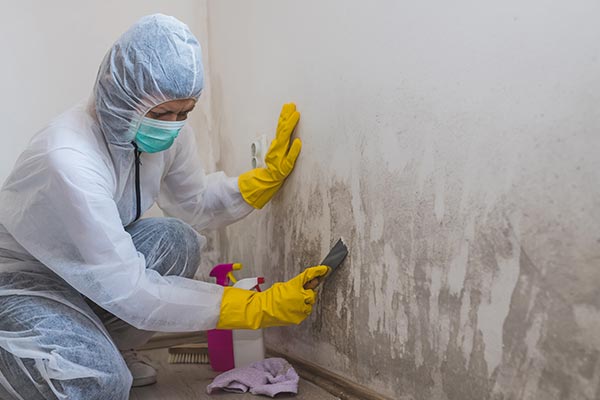
Mold Remediation
Standards
Mold remediation is a specialized task that requires a high level of expertise and adherence to strict guidelines. At Rock Emergency, we understand the importance of protecting both your property and our team members during the remediation process. That's why all of our technicians are certified by the IICRC in mold remediation, ensuring that we follow industry standards and guidelines for safe and effective removal.
Our experienced technicians will identify any mold damage and provide the most effective solutions to remediate the issue. With over 15 years of experience in the industry, we have the expertise, tools, and knowledge to solve even the most challenging mold problems. Quick, efficient, and complete remediation is our top priority, and we are always available for emergency services should you need them.

Why Choose Rock Emergency for Mold Remediation?
When it comes to mold remediation in Rochester NY, you want a company that you can trust to get the job done right. At Rock Emergency, we have the experience, expertise, and equipment necessary to tackle any mold problem, big or small. Our team of certified technicians undergoes regular training to stay up-to-date on the latest industry standards and techniques, so you can rest assured that your property is in good hands.
We use cutting-edge technology and environmentally-friendly products to remove mold safely and effectively, without causing any harm to your home or business. Plus, we offer 24/7 emergency services, so we can be there for you whenever you need us. Choose us for mold remediation, and you'll get peace of mind knowing that your property is in the best possible hands.
